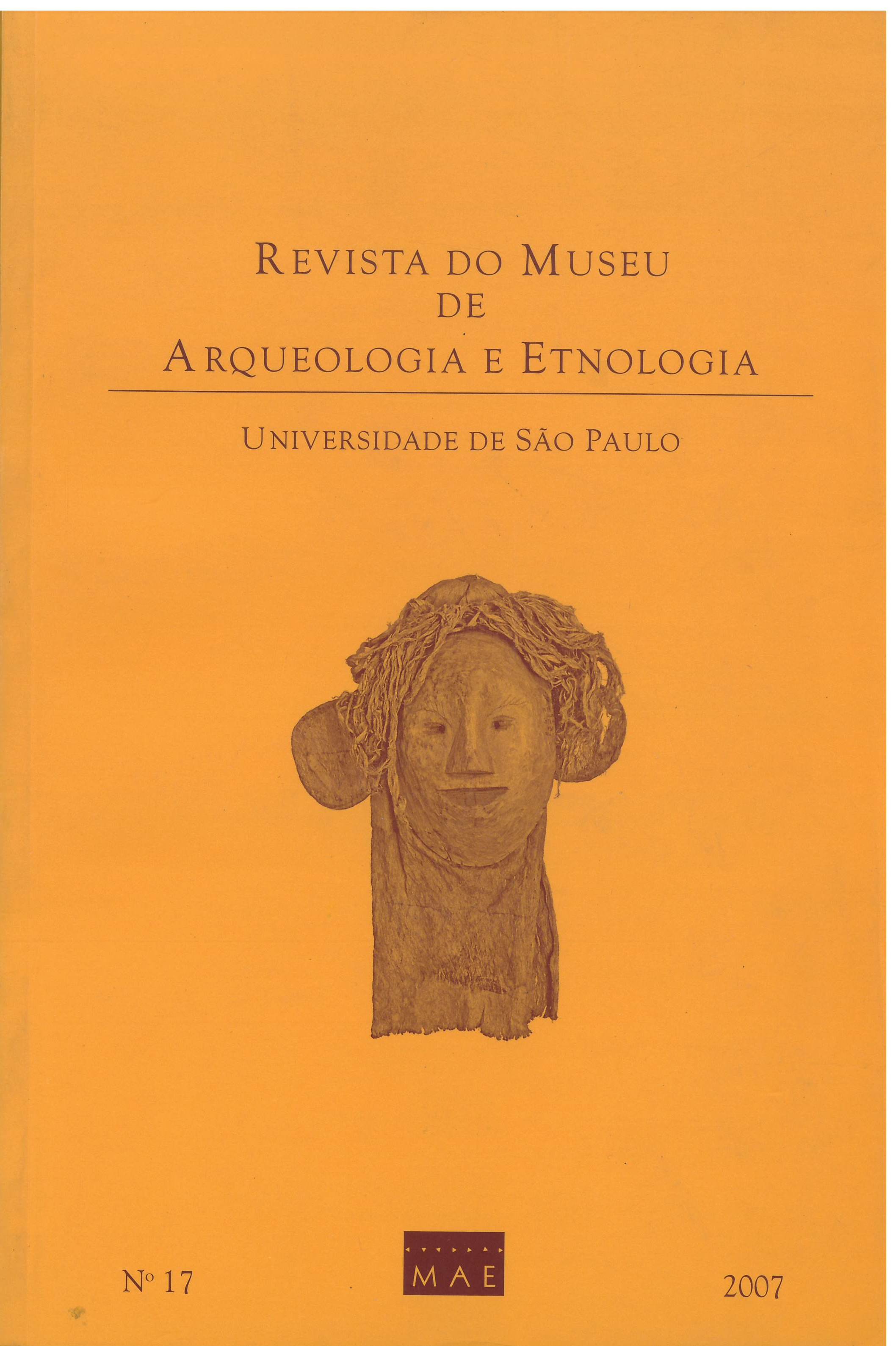Secular routes and rock-cut monasteries: rhetoric of Buddhist sacred landscape in the west coast of ancient India
DOI:
https://doi.org/10.11606/issn.2448-1750.revmae.2007.89756Keywords:
Landscape’s rethoric, Buddhist caves, Politics, Economy, Ancient India.Abstract
Based on the field survey undertook during 2004 and 2005, this article discusses the development and interaction of the Buddhist sacred landscape from Deccan and Konkan regions. Hundreds of rock-cut caves developed along the ancient commercial routes which linked the west coast of Maharashtra state, they work as spatial marks in the landscape making it possible to establish ways of access from the coast to the platô. The continuous growth and recurrence of these monasteries along almost one milenia are considered under the perspective of the sacred landscape’s rhetoric. This approach allows understanding the interaction and the dynamics among political, economic and religious spheres in this geographic area of ancient India.Downloads
Download data is not yet available.
Downloads
Published
2007-12-03
Issue
Section
Articles
License
Copyright (c) 2007 Cibele Elisa Viegas Aldrovandi

This work is licensed under a Creative Commons Attribution-NonCommercial-NoDerivatives 4.0 International License.
How to Cite
ALDROVANDI, Cibele Elisa Viegas. Secular routes and rock-cut monasteries: rhetoric of Buddhist sacred landscape in the west coast of ancient India. Revista do Museu de Arqueologia e Etnologia, São Paulo, Brasil, n. 17, p. 39–67, 2007. DOI: 10.11606/issn.2448-1750.revmae.2007.89756. Disponível em: https://journals.usp.br/revmae/article/view/89756.. Acesso em: 19 may. 2024.













